Lavaggi LS1
The return of the driver-constructor
WORDS & IMAGES BY: WOUTER MELISSEN
“Who knows? Maybe the fact of being born on the eighteenth of February, exactly the same day as Enzo Ferrari, has influenced my destiny by an unknown astrological effect and keeps my passion burning,” Giovanni Lavaggi mused when he introduced the Lavaggi LS1 sports prototype in 2006.
He continued: “The idea to participate in races with a car designed and built by myself was always one of my wishes. Since I was a little boy, the high admiration I always felt for the real big names in the automobile world was making me dream that I could be able to emulate them one day.”
A promoted mechanical engineer from the Milanese “Politecnico” institute, Lavaggi started his racing career in 1984, at the relatively late age of 26. Born in Augusta, Italy, to an aristocratic family, he could not count on personal wealth to further his racing efforts. This forced Lavaggi to abandon his single-seater efforts early and focus on sports car racing instead. His talents behind the wheel, however, did not go by unnoticed and he was signed by Kremer Racing to compete in Group C with the team’s Porsche 962s.
Lavaggi did not just rely on his racing prowess but also used his engineering skills to some extent. “At the end of that racing season (1989) I finally convinced Erwin Kremer to make a little modification on the rear suspension in order to raise the rear rolling center point.” Lavaggi recalled when discussing Kremer’s Porsche 962 CK6: “The modification was effective and we were faster, but they discovered a part that was too weak and broke quite soon, therefore the team went back to the original set-up.”
Kremer Racing team manager Achim Stroth also has fond memories of Lavaggi: “The rain man. If the conditions get bad, wake him up to continue driving.” He continues: “He is a team player, knowing the car in endurance racing needs to suit all the drivers of the team. Plus, he is an engineer: clear advice when it comes up to develop the car further.”
At the 1995 Daytona 24 Hours, Lavaggi demonstrated his skills both in the wet and dry like never before. Stroth waxed lyrical of his performance: “Giovanni set the starting position, and he was (single lap and average) quickest of the four drivers. Giovanni contributed to the victory, completing 241 laps in the race.” This was 36 percent of the total laps completed by the team’s Kremer CK8 prototype. During the night, the weather was particularly poor, and it was at this point that Stroth decided to keep him in the car: “Even exhausted, he was quick and reliable.”
Despite being thirty-seven years old, Lavaggi finally stepped up to the Formula 1 ranks that year. He was entered in four races by the very modest Pacific Grand Prix team. Sadly, he failed to reach the finish line once that year. In 1996, he competed in six Grands Prix for fellow backmarker Minardi, with a tenth-place finish in Hungary as the best result. After ten races, his Grand Prix career was already over. Again, the lack of personal wealth or an affluent backer let him down. He did race the Minardi at the 1996 Bologna Motor Show, where he finished a very close second to Giancarlo Fisichella in a superior Benetton.
Undeterred, Lavaggi returned to sports car racing, establishing his own team in 1998. He ran Ferrari 333 SPs with considerable success under the GLV Brums banner. In 1999, he won the Magny Cours SportsRacing World Cup race, sharing the driving duties with Gaston Mazzacane. Lavaggi used his engineering skills to extend the 333 SP’s career by replacing the glorious V-12 with a more modern Judd V-10. Committing what could effectively be considered sacrilege did pay off, as Lavaggi won the 2001 Monza 1000 km race with the Judd-engined Ferrari, this time with Christian Vann as his codriver.
By 2003, the Ferrari 333 SP was really past its prime, and in the following years Lavaggi drove for a variety of teams, all the while planning the design and construction of his sports prototype. Giovanni Lavaggi recalls: “At the beginning of 2002 Scuderia Lavaggi built up its own workshop and, at the same time, I started putting on paper the first ideas about my own sport-prototype. Within 2002 we prepared a scale model of the car and we made our first run at the Imperial college wind tunnel.”
The work was interrupted by external factors: “Unfortunately, in 2003 a new common regulation for sports cars was announced from governing bodies ACO and FIA, starting from 2004; therefore, I had to completely change the project of the car to comply with the new regulations. A new wind tunnel model was made and, between 2003 and 2004, we defined the project of the ‘Lavaggi LS1.’ The car was ready to run mid-2006 and we were able to participate to the last race of the season at Jarama. After Audi, our car was the second LMP1 (car) built according to the new regulations.”
Although now based in Monaco, Lavaggi still had to work with a shoestring budget: “We were a very small organization. Only six people worked full time on the project: two designers, the sporting director, two mechanics, and me. Obviously, I had to resort to massive outsourcing both for designing and manufacturing. I could count on the help of two to four designers, available during the weekends to advance with me in the 3D CAD modeling; the whole car was designed on CAD down to the smallest screw. At the same time, because at the workshop we were able to produce only a few simple parts, the more complicated parts were made, following our design, by experienced suppliers also working with F1 teams.”
Like all of its contemporaries, the new Le Mans Prototype was built around a carbon-fiber composite monocoque. With Lavaggi himself intended to be one of the drivers, it was no surprise that particular care was given to designing a chassis that was strong and very safe. As a result, the Lavaggi chassis passed the mandatory FIA crash tests with flying colors. According to the press release issued at the launch, the results were in fact better than of all of the fledgling manufacturer’s rivals.
The LS1 was fitted with double-wishbone suspension on all four corners. The coil springs and dampers were mounted in-board and were actuated by pushrods. On both ends a third spring was fitted, which helped control the ride height on the straights. Connected to both the left and right springs, the third spring only compressed when the other two were both compressed. Using a stiff third element allowed for relatively soft springs to be fitted without the car being pressed down once the speed and downforce increased.
Liveried in the red and white colors of Monaco, the LS1 sported a somewhat unconventional body with a high waistline and square flanks. The nose sported a prominent splitter and a blunt, raised nose cone. The front brake-ducts were mounted under the nose and cold air was fed to the radiators through openings on either side of the nose. The air traveled through the car and exited out the sides and the back. At the rear, a full-width wing was fitted, while additional downforce could be generated through “dive-planes” bolted to the front fenders.
To allow potential customers to compete in both the top-tier LMP1 and entry-level LMP2 category, the LS1 was designed to house a variety of engines. Lavaggi’s own LS1, headed for the LMP1 category, was equipped with a 6.0-liter Ford V-8 engine. This was mated to a six-speed gearbox, operated by a Megaline-supplied electro-pneumatic paddle shift system. The transverse gearbox itself was the combination of a bespoke casing with Hewland internals.
The LS1 was completed in the summer of 2006 and Lavaggi first drove the car during a test at the Franciacorta circuit. It was a very special moment: “That was really a big emotion which is difficult to explain. Try to think that you design a very sophisticated racing car like an LMP1, then you build it and finally you jump into it and drive it on a racing circuit … you can imagine what a big emotion that could be. I used to manage racing cars on track and design modifications on them to improve the performance, even important – and successful – modifications such as putting a Judd engine on the Ferrari 333, but I never had designed a whole racing car before.”
For Lavaggi, it was also an anxious moment: “I was really apprehensive about the handling and reliability of the car. To my big surprise the car was really easy to drive and safe, but we managed only a few kilometers of shake down. An electronic problem caused the engine to misfire; the wiring diagram was the only thing not defined by myself.” The electronic issues continued at the competition debut later in the year at Jarama in Spain: “In free practice, we were just four seconds slower than the fastest car. Unfortunately, that bad engine misfiring caused two engine failures and we had to retire.”
The Lavaggi LS1 was back out the following season, competing in several rounds of the Le Mans Series. The small team struggled to get the car fast and reliable given the very limited development budget. Lavaggi explains: “Unfortunately I had no chance to provide the deserved success to this great adventure for two main reasons: the world financial crisis of 2008 – already in the air in 2007 – and the endless rule changes. While the sponsor’s budgets were continuously reduced – (we had) zero income in 2009 – the ACO was always asking for important changes, requiring new wind tunnel studies that we couldn’t afford.”
“Then, all aerodynamic modifications proved ineffective, and the car was more and more difficult to drive with a progressive decline of performance. At the end of 2009, having no sponsors to continue with my project, I had to stop the racing activity.” He continues: “Considering that CFD software was, at that stage, quite reliable, I spent 2010 exploring the effect of the modifications made ‘by eye’ during the previous three years and designing a new bodywork to comply with the 2011 new rules and new engines required by the ACO.
“Comparing the aerodynamic car’s configuration of 2006 – as defined in the wind tunnel – with the version raced in 2009, we found a 40 percent loss of the efficiency of the car, which was a big step back in terms of performance. With the new bodywork design for 2011 we were able to recover this 40 percent and even go 10 percent forward, despite the restrictions of the new regulations. Sadly, the world economic crisis was still in effect and we had no chance to modify the car and put it back on track for 2011.”
Between 2007 and 2009, the Lavaggi LS1 competed in ten races. During the final two seasons, it was fitted with an AER-sourced twin-turbo V-8, which was a slight improvement. At the 2008 Vallelunga 6 Hours, Lavaggi qualified the LS1 on pole position and won the LMP1 class. In the Le Mans Series, one finish was recorded, at the 2009 Spa 1000 km. The final race of the LS1’s career was the Nürburgring 1000 km later in 2009 where the Lavaggi was forced to retire.
The Lavaggi LS1 remains the only car of the modern era that was designed and constructed by its driver. It is also the only competition car built in the Principality of Monaco. “I’m very proud of having been the only person able to bring back to life the figure of the ‘driver-constructor’ in the modern age of motorsport. It was an unexpected goal – nobody could believe that I was able to make my dream real – especially if you consider the poor resources in manpower and financial terms.” Lavaggi concludes: “Now that the car can compete in historic racing, I hope to find a way to give her a second life.”
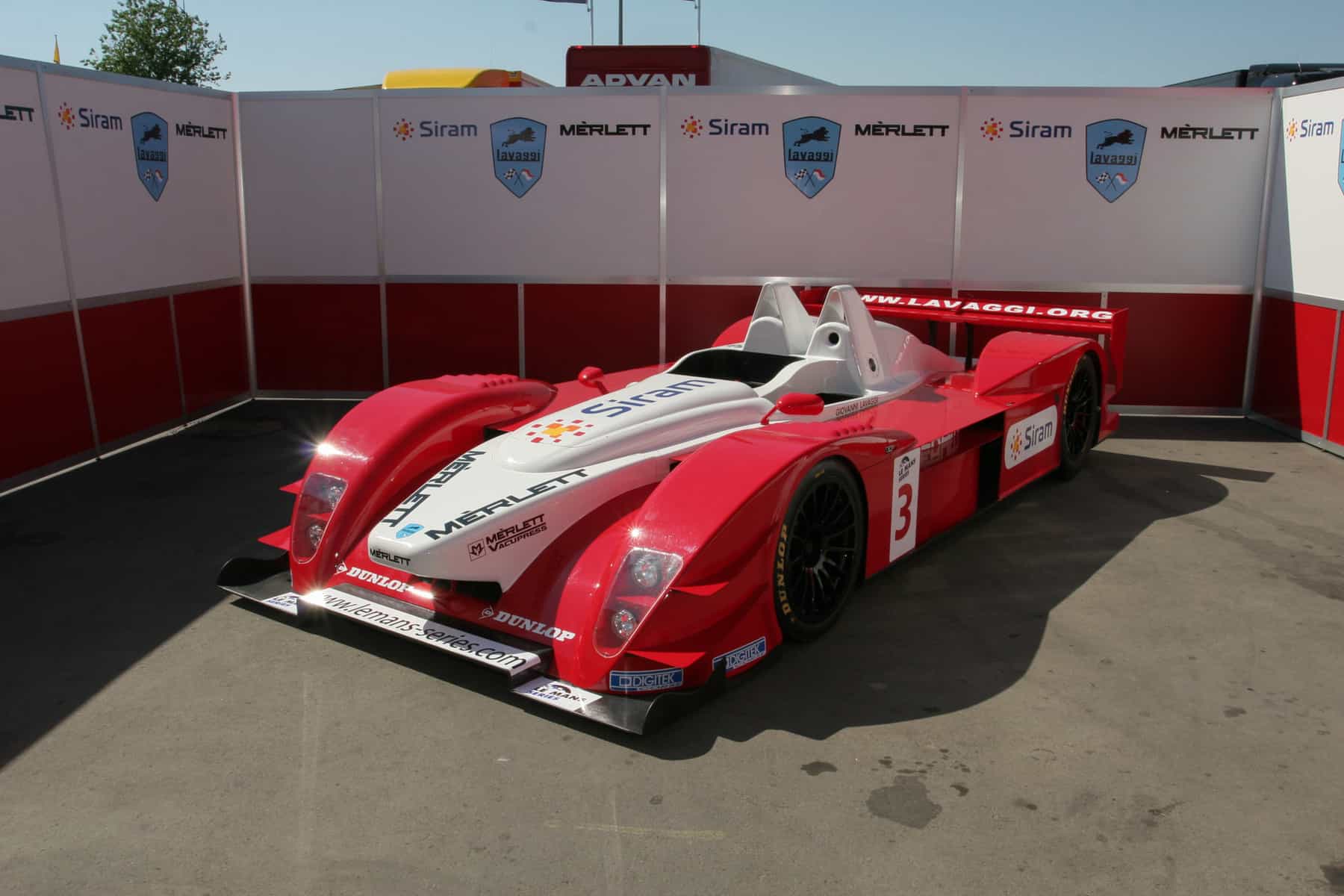
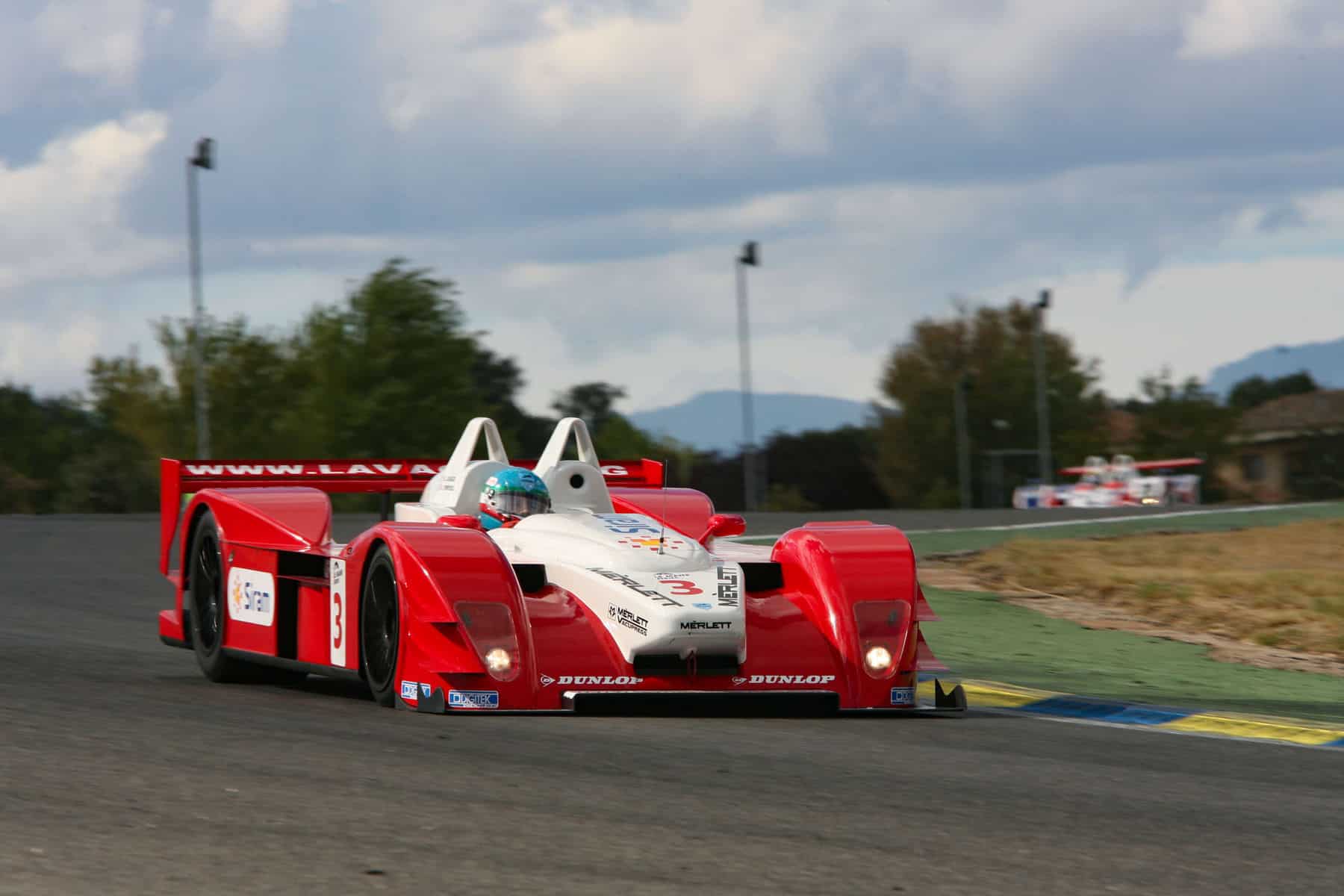
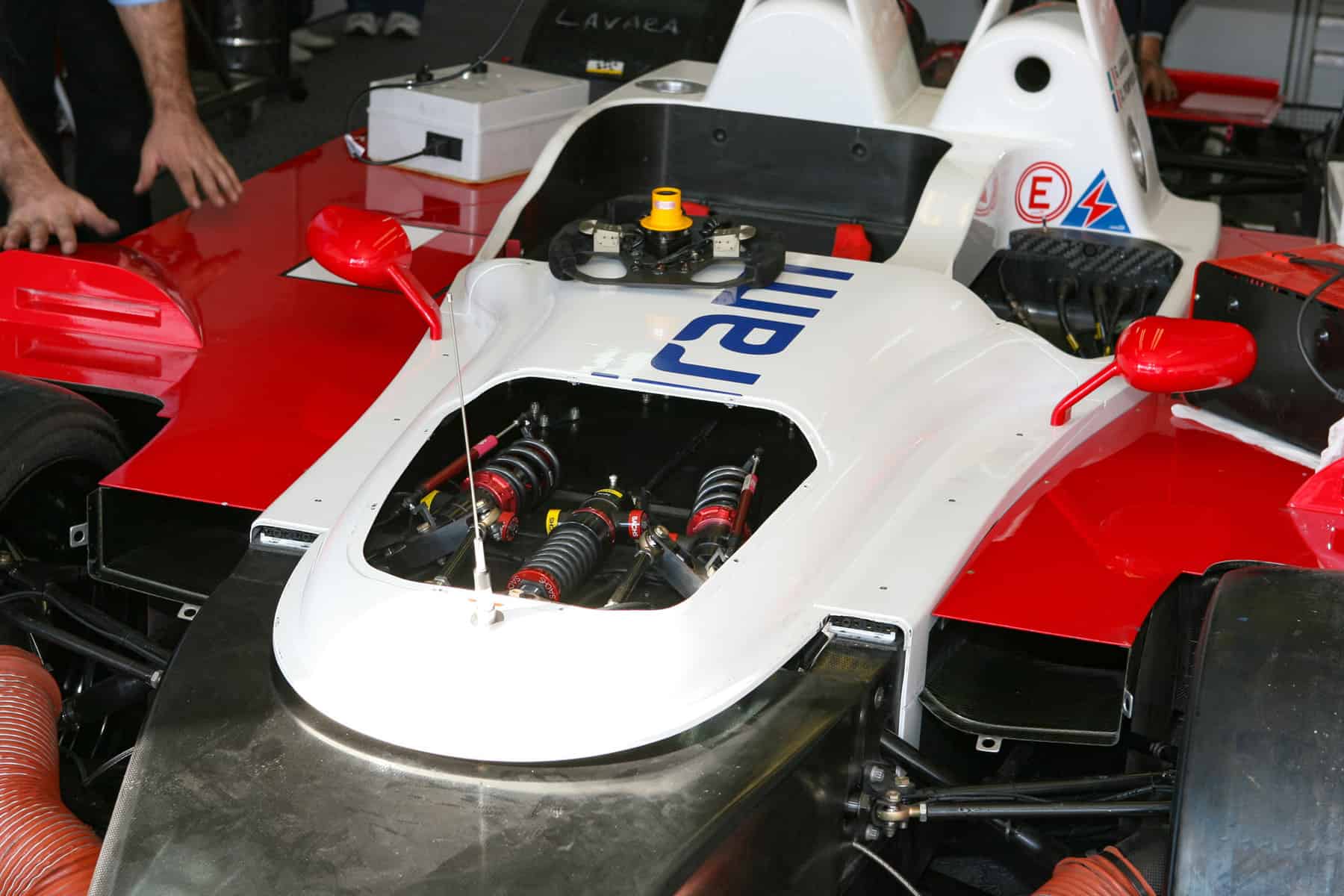
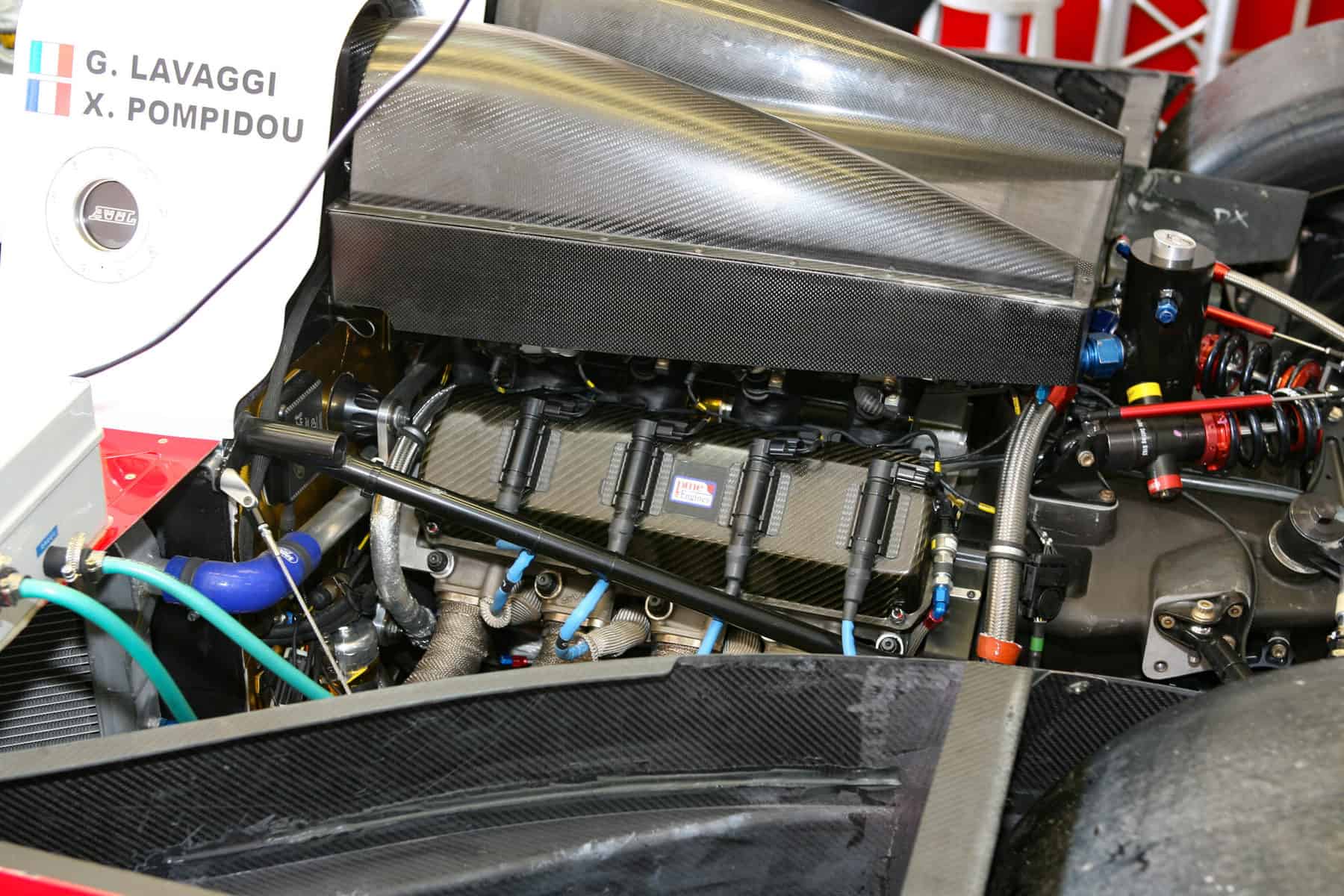
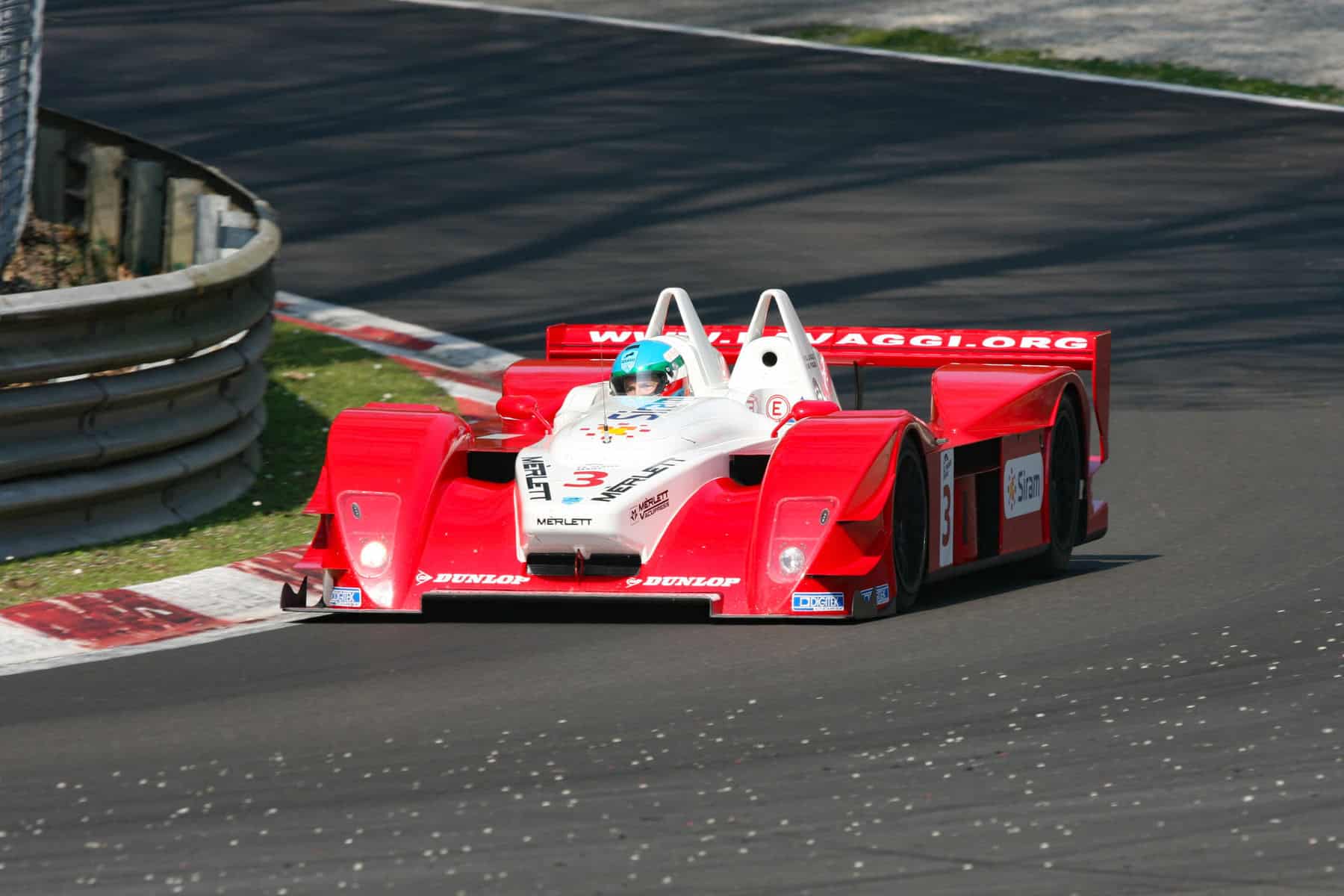
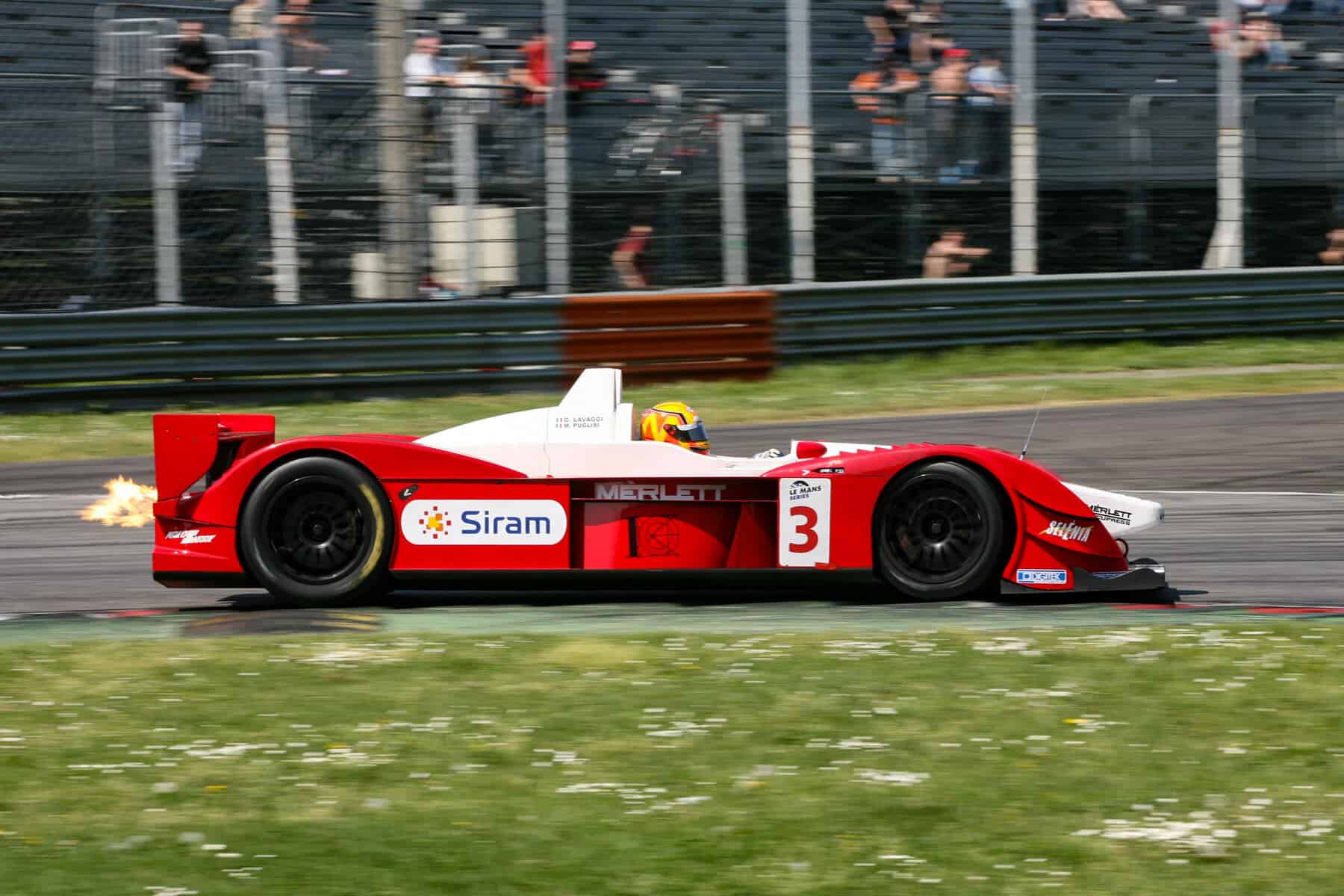

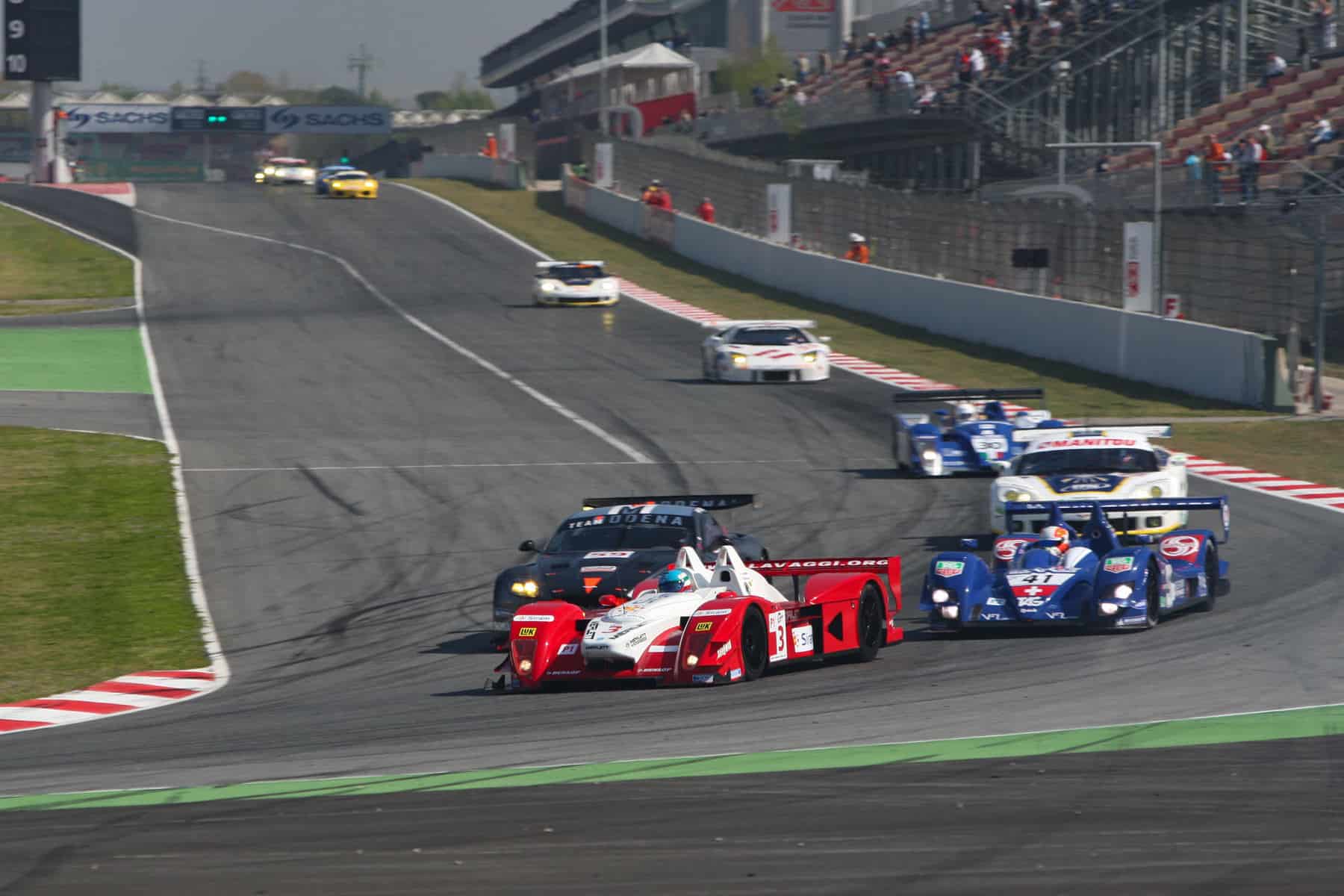
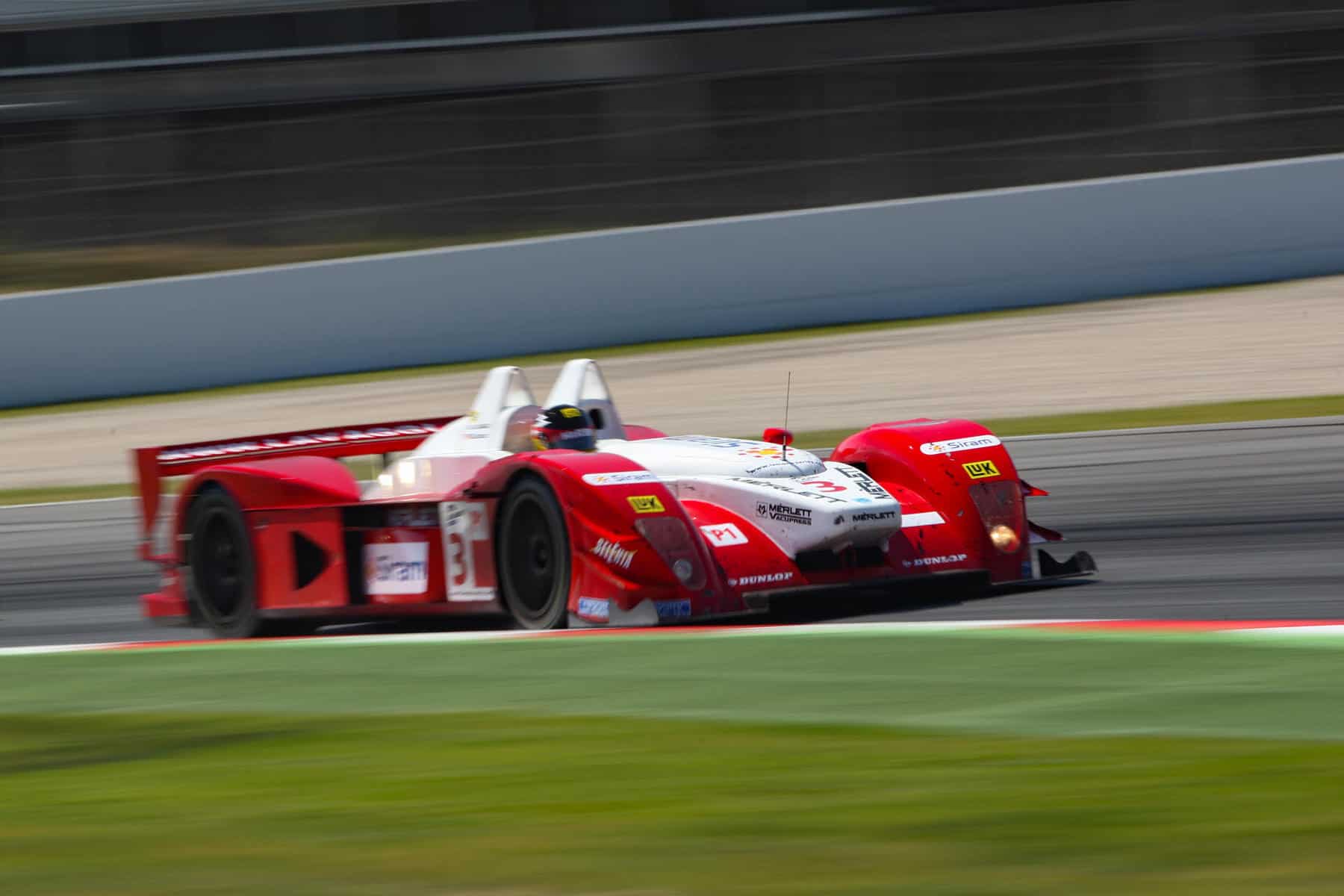
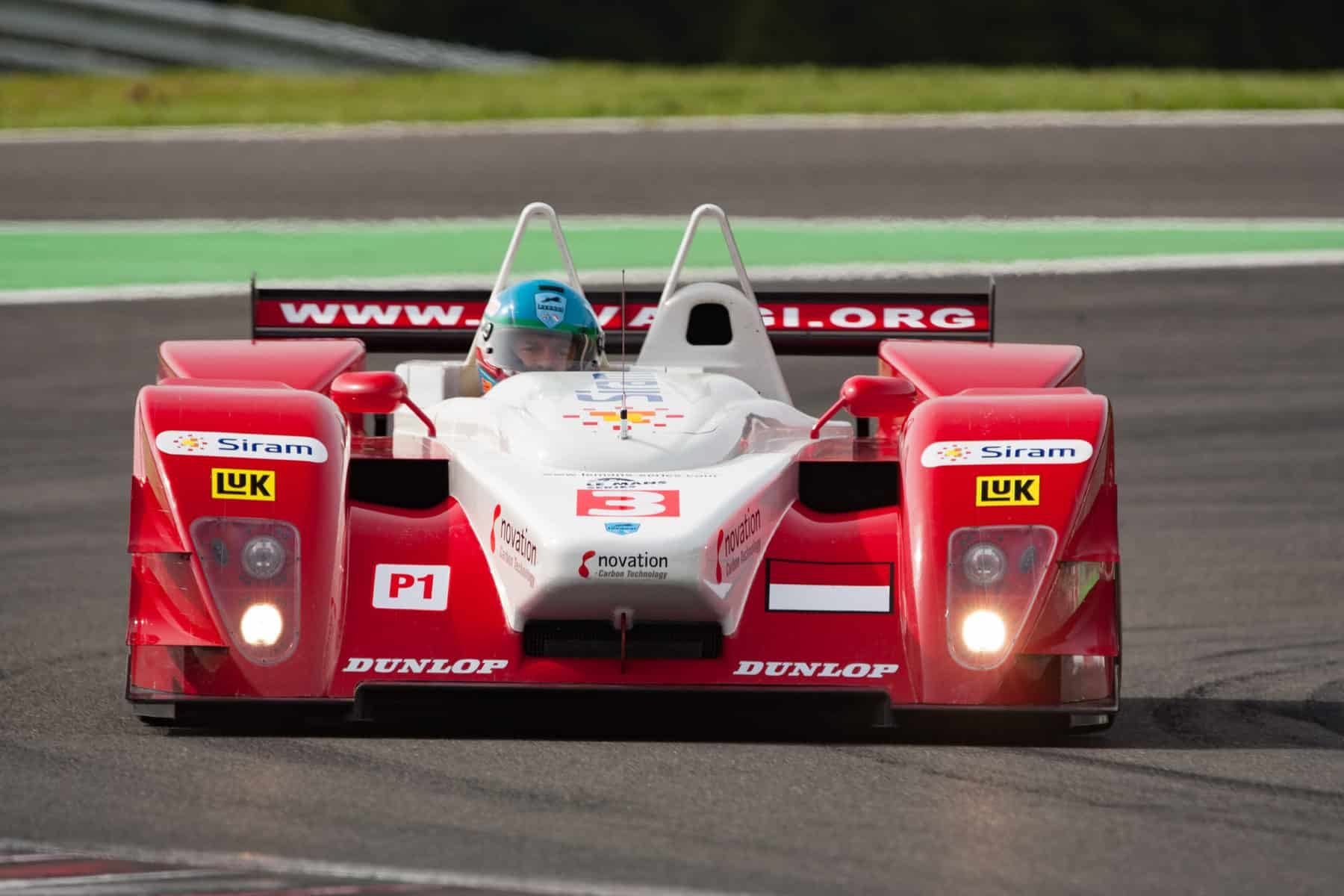


![alfa gtz perfectly imperfect webannerl[1]](https://automedia.revsinstitute.org/wp-content/uploads/2024/08/Alfa-GTZ-Perfectly-Imperfect-webannerl1-uai-1200x800.jpg)

